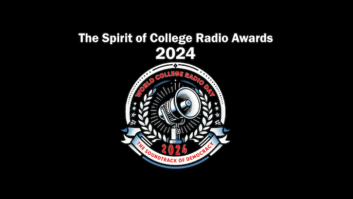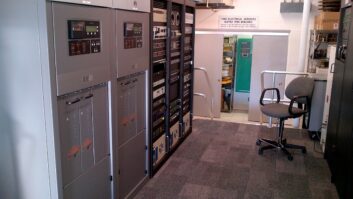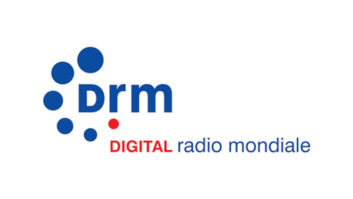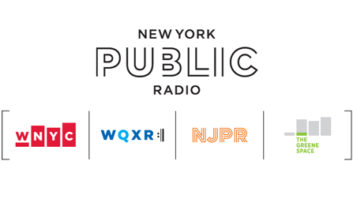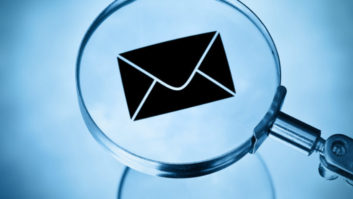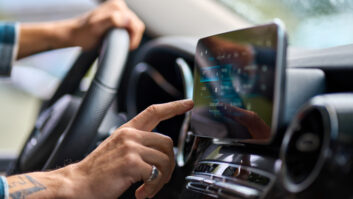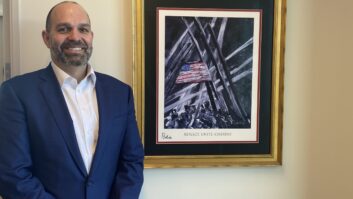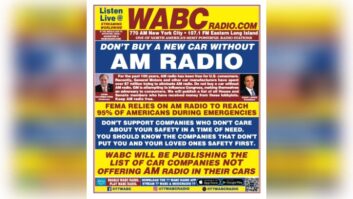The author of this commentary is automotive partnerships director for Radioplayer.
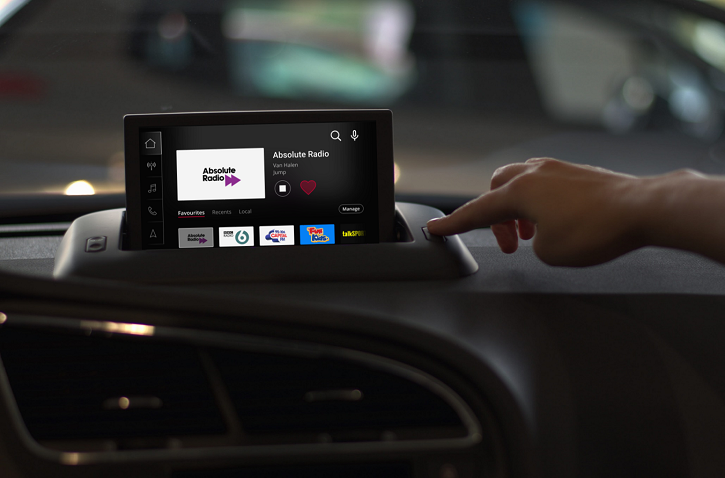
Audi and the VW Group recently renewed their partnership with Radioplayer to continue supporting their brilliant hybrid radio (FM, DAB and IP seamlessly working together with no need for users to choose platforms) and to collaborate on the development of future in-vehicle radio experiences — ensuring Audis, VWs, Porsches and Lamborghinis will all continue to have the best radio experience in their dashboards.
The new deal builds on a successful collaboration that’s been in place since 2017 and lays the foundation for a longer-term relationship. It’s a great example of Radioplayer’s partnership model with the automotive industry — providing a high-value, low-cost partnership direct with broadcasters to develop world class radio experiences in the car.
To do this Radioplayer provides official broadcast metadata direct from thousands of radio stations, technology development support and user-interface design consultation, all free-of-charge wherever possible.
In return, we ask to collaborate on development of the future radio experience. Collaboration with car manufacturers and technology suppliers is essential if radio is to remain competitive in an increasingly crowded dashboard.
We believe that hybrid radio offers the best radio experience today and that’s where our focus is. To ensure continual improvement of radio’s dashboard experience we need constant discussion between car manufacturers and broadcasters to agree and deliver a joint roadmap that keeps pace with both listener expectations and in-car technology. Radio broadcasters must be at the heart of these discussions spanning metadata, technology and the user-interface (UI).
Our official broadcast metadata is of vital importance to a good user experience and as more countries and broadcasters join Radioplayer it will keep on improving. We’ve seen too many instances where unofficial metadata from third parties is either wrong (station logos) or altered (broadcast streams), leading to a poor user experience, so we make it as easy as possible for broadcasters to get their official metadata to us. We’re also proud and active members of WorldDAB and we’re supporting their forthcoming campaign to raise awareness among broadcasters of the importance of making metadata available for car dashboards.
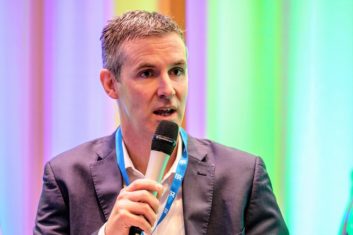
We are technology/platform neutral, and are big supporters of open standards such as RadioDNS and DAB+. We closely monitor technological developments and intervene when we feel radios prime position in the car could be impacted.
One current example is Google’s Android Automotive Operating System, which is starting to grow in importance as it’s adopted by more car manufacturers. We began work in late 2019 on a project to ensure hybrid radio is technologically possible in Android Automotive and the capability is baked into the core source code (known as AOSP) and available to everyone. It’s a complex, emerging area but we’re leading on behalf of our broadcasters and are open to wider collaboration, hopefully including Google, as it could have huge benefits for the radio experience.
We’ve also seen that the standard broadcast radio user interface in Android Automotive is currently poor, a list of FM frequencies, no station names, no station logos, no now-playing information. So at the same time as working on the hybrid capability we’ve also developed a great user interface within Google’s template guidelines which we hope will demonstrate what can be done. Our UI designs are based on the WorldDAB Automotive User Experience Guidelines which we ask all our car manufacturer partners to respect.
In the future there will be other UI design challenges as we merge on-demand and podcast content with live radio and create a personalized experience for listeners. We intend to be at the center of that to help our broadcasters and automotive partners benefit from each other’s expertise. To get it right we’ll need to work together.
As the broadcast and automotive sectors emerge from the COVID-19 pandemic into a difficult economic climate, we believe that deeper collaboration offers a win-win that will undoubtedly improve the radio experience in connected cars. We also want to help ensure radio development projects, particularly on hybrid radio, remain on-track and unaffected.
Of course, we know the pandemic is likely to impact wider automotive trends. Understanding these trends and the implications on longer-term planning for the in-car experience is an important part of how we intend to work to foster collaboration with car manufacturers and keep broadcasters at the heart of radio’s dashboard development.
[Related: “Hybrid Radio Picks Up Momentum”]
